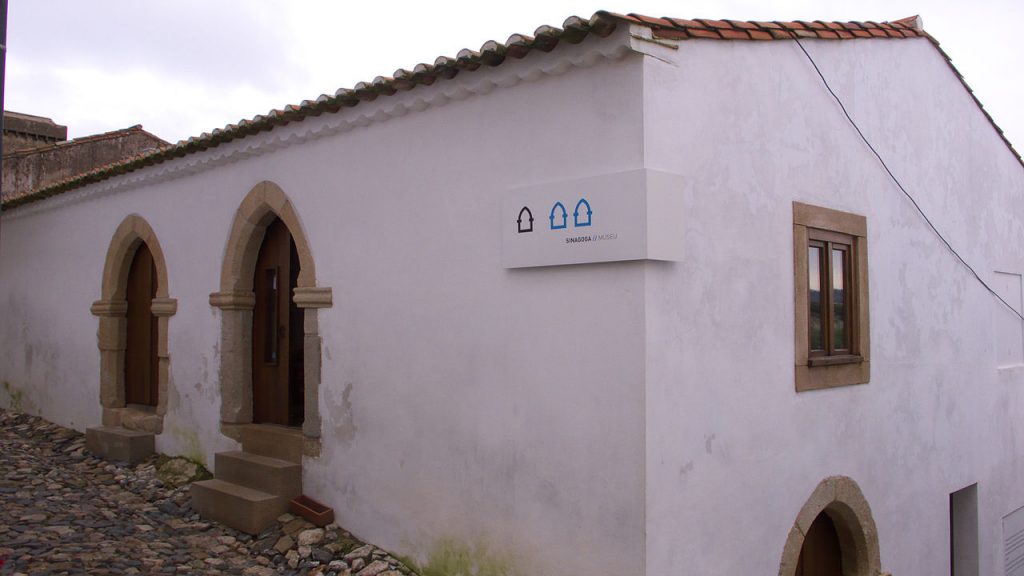The Jews who lived within the walls of the little hilltop town of Castelo de Vide were engaged in the traditional activities of commerce, crafts, and sometimes medicine. The population grew after 1492 with the arrival of Jews from Spain.

The former Judaria is fairly easy to identify around the market square (Praço de Comércio). Between the fourteenth and sixteenth centuries, the characteristic little streets led to the small synagogue.
A niche, used as a church altar in the seventeenth century, might be a vestige of the aron kodesh. The municipality is currently conducting research into this movingly simple building.
While the Spanish Inquisition led to the departure of many Jews, the town of Castelo de Vide developed economically, thanks in particular to the arrival of Jews from the neighbouring country. The Jews worked in arts and crafts, botany and medicine.
Following the expulsion order promulgated in 1496, many Jewish families remained in Castelo de Vide, agreeing to convert to Christianity. They were thus able to pursue a semblance of a normal working life. Among the town’s most famous figures is Garcia da Orta, author of an important medical book in the 16th century.
Sources : Encyclopaedia Judaica, Rede de Judiarias